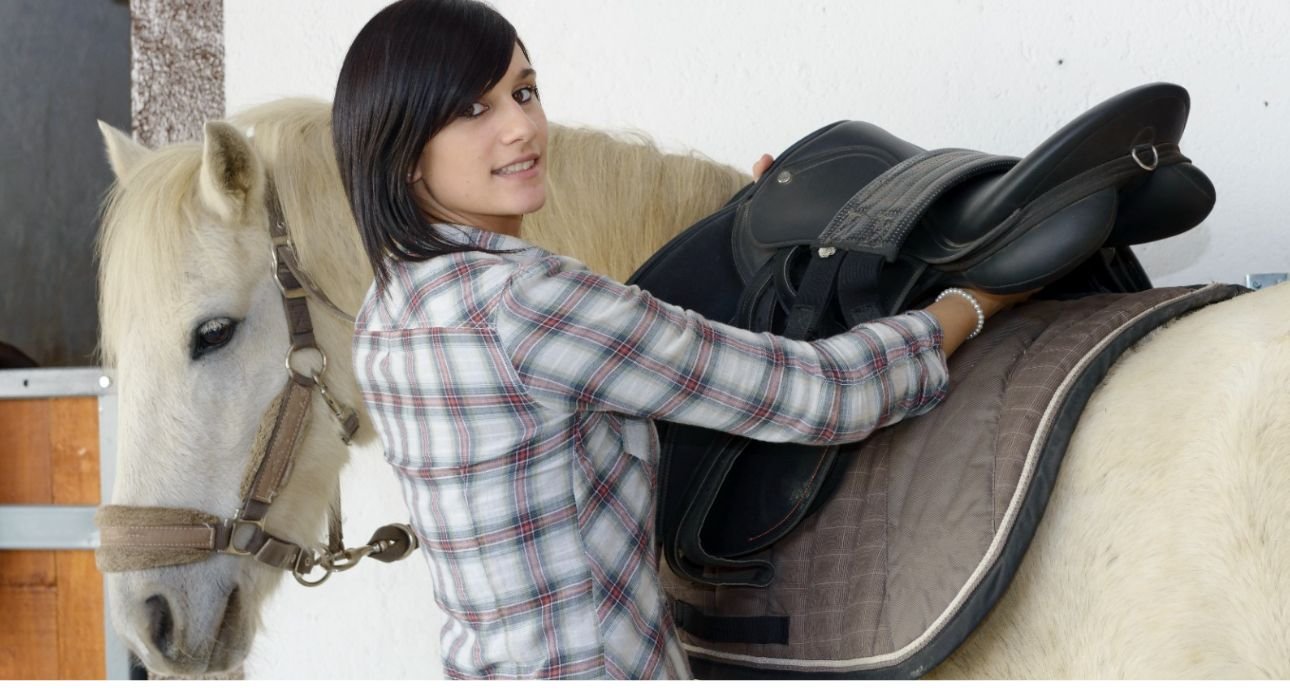Horse rugs are a popular choice for many horse owners throughout all different months of the year. In the winter, heavyweight horse rugs can help to keep your horse cosy and warm, while in the summer, lightweight horse rugs can help the horse to maintain their body temperature and protect them against pesky horse flies. But how do you know when to replace your horse rugs? In this article, we’ll be exploring all of the signs you should look out for to know when your horse’s rug needs an upgrade.
Check For Visible Damage
The most obvious sign that your horse rug needs replacing or repairing is if there is any visible damage. Any tear, rips or holes in the fabric can compromise the rug’s ability to protect your horse. Even small holes can allow water to seep through the rug, and tears can cause a safety risk, as your horse could get its hoof or leg caught, leading to injury. In most cases, visible damage can be repaired with a patch or a stitch, but if that’s not possible, then you should consider purchasing a new rug.
Worn Straps & Fastenings
One of the most critical parts of a horse rug is their straps and fastenings. These are crucial for keeping the rug in place, but over time, they can become stretched or frayed. If you notice the straps are no longer holding as they should, or if the fastenings are becoming more difficult to secure, then this is a big sign that your horse rug might need to be replaced. If the straps and fastenings are loose or broken, the rug could slip off your horse or become twisted, which can be both uncomfortable and potentially dangerous. If the straps are beyond repair, then it’s a strong indicator you should replace the rug.
Loss Of Waterproofing
Many horse rugs are designed to be waterproof, and they are particularly suitable for winter months during periods of rain and snow. However, over time, the waterproofing on the rugs can degrade, making the rug ineffective. If you notice that your horse’s rug is no longer effectively repelling water, it might be due to the breakdown of its waterproof layer. You can test this by spraying water on the rug and seeing whether it beads off or soaks in. If it soaks in, then the waterproofing no longer works, and it’s time to either re-treat or replace the rug.
Thinning Insulation
The types of rugs used in winter will have extra insulation to keep the horse warm. The quality of the padding and thickness of the insulation can make the difference between an effective and ineffective horse rug. If you notice that your horse seems colder than usual when wearing a particular rug or if the rug feels thinner, it may have lost its insulation. Check for any uneven padding where the insulation may have bunched up. This is a sign that the rug is no longer providing the warmth your horse needs, and so needs replacing.
General Wear & Tear
As the horse rug ages and is used multiple times, you may notice some general wear and tear on the rug, such as fraying edges, fading fabric or stretching. While these do not necessarily compromise the rug’s functionality, they are indications that the rug is ageing and may soon fail in other areas, too.
Conclusion
As long as you’re continually inspecting your horse’s rug for signs of wear and tear and any damage, you should be able to know when your horse rug needs replacing. While minor repairs can help to extend the life of the rug, it’s important to know when you require a new one to make sure that your horse remains comfortable no matter the weather. Remember to keep an eye out for loss of waterproofing, any damage to fastenings and straps, and any insulation thinning to ensure that your horse always has the best protection against the elements.
